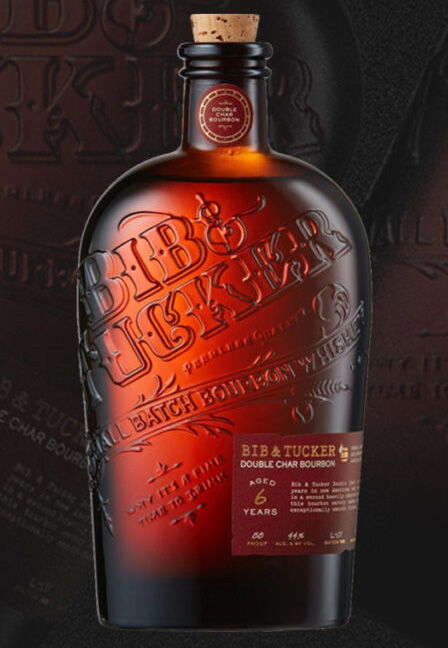I have been studying the early pioneer days in Kentucky and decided that the evolution of sipping whiskey was worth exploring. Understand that Kentucky was the wild west for a time in American History. Kentucky was home to Native American tribes, and then later, after the tribes had relocated, they would return to hunt. Remember that there were great herds of buffalo cutting paths in the wilderness. Many of these rustic roads were known as traces. Early pioneers often followed the game trails to move around unexplored territory.
Whiskey in westerns
Watch almost any Western film, and you will see the cowboy enter the saloon, order a whiskey, and then slam it down. There was no sipping involved. Whiskey on the frontier was rough, had little flavor, and was often adulterated. Early distilled spirit was Shine or white dog, subject to minimal aging. The whiskey in the uncharred barrels often took on minimal color without a mature flavor. Old west saloons often dispensed their whiskey in colored bottles to hide the look and color of the whiskey.
A shot and a beer
My earliest whiskey memories were from being in a shot and a beer family. My grandfather and uncles only drank whiskey as a shot. It was not glamorous, and they were not in it for the taste. No matter the occasion, weddings, funerals, and family gatherings all had an element of the shot and a beer. Interestingly, my wife’s family also drank whiskey in this fashion. The whiskey was raw, and the goal was often not to taste but to consume. Despite being around friends and family, the whiskey was not always enjoyable.
The dawn of barrel aging
The first published mention of using a charred barrel occurred in 1826. In a letter, a grocer asks a distiller about the charring of a barrel producing better-tasting whiskey. There are many possible theories on who started barrel charring and why. In Europe, toasted casks held finer liquors, such as cognac, which found their way to America. Rural farmers often repurposed barrels to be used again. Depending on the first use of the barrel, firing the inside may have been an early version of disinfecting. The whiskey stored in a charred barrel would age during transport. The sloshing in a wagon on a rural rutted road or moving on a flatboat would agitate the spirit. The resulting whiskey would have a different color and taste from many raw predecessors.
The evolution of sipping whiskey
My first introduction to bourbon was in the form of a mixed drink. Beam and Coke worked well together; I later realized bourbon was a whiskey with complex flavors and aromas. It became a sipping whiskey for me, and now I hardly ever mix good bourbon with anything. I like it neat.
You will likely see a slow and deliberate taste of whiskey in today’s movies. When you look for intricacies, nuances, finishes, and uniqueness, whiskey becomes more elegant and enjoyable. Many who do not enjoy their whiskey neat will only add a cube or a splash of water. Using water or ice often opens up the whiskey and can change the nose and flavor. In reality, it reduces the proof. In my opinion, this often softens the bite of the whiskey and makes it more enjoyable for people to enjoy a smoother drink.

Bib & Tucker Double Char Review
This whiskey is an example of a Tennessee bourbon that is sipping whiskey. You can always use it in your favorite cocktail, but it has a unique flavor profile that works well with a cigar. Take a look at our video review HERE.
Enjoy your history of bourbon in the real early years! Please continue 🤠
Thank you Tom for your nice comment. I love the history as much as the bourbon itself. I am working on a series of stories that I think you will enjoy.
Tom,
Thanks for the input. I really enjoy the history and could talk and write about it forever. I have some new stories that I will introduce soon. Thanks for supporting me.